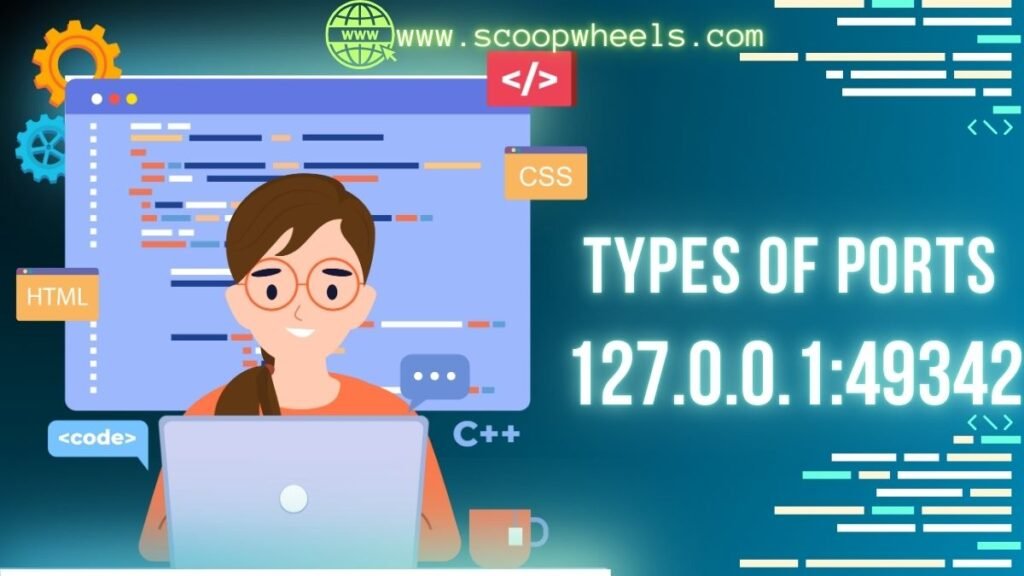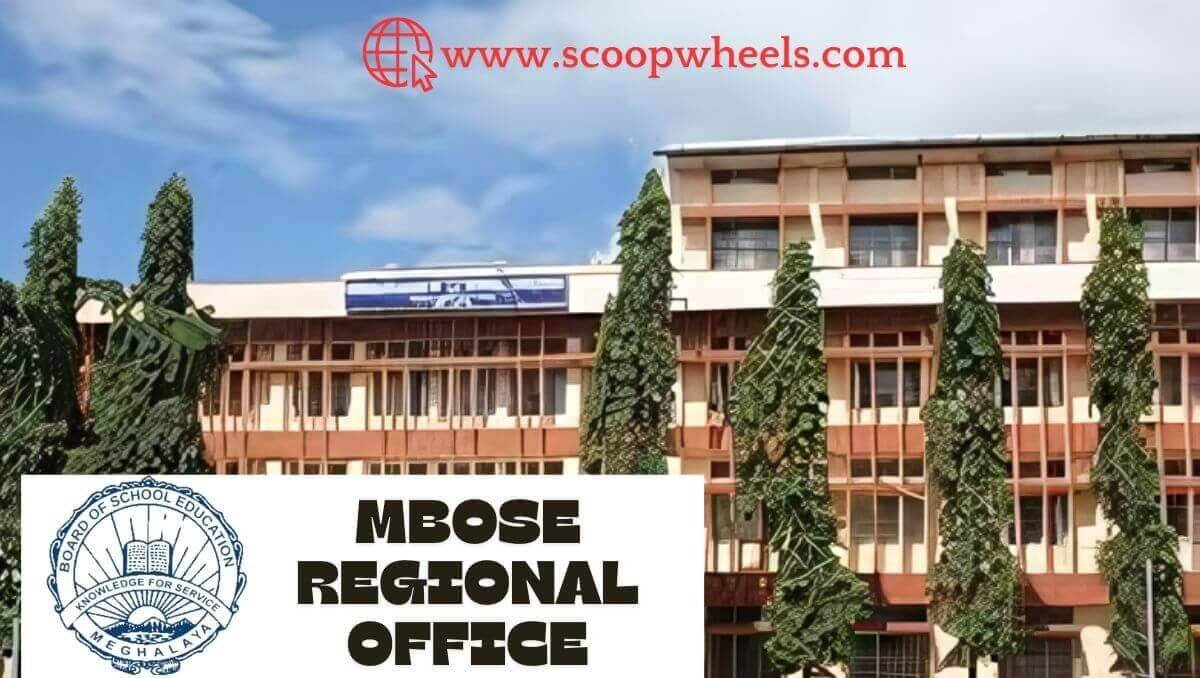In the realm of technology and networks, some phrases such as ‘localhost’ and ‘port numbers’ may be commonly used, especially in diagnosing errors or in creating a website. All these technical features are very essential in the manner in which devices interact with one another and in how services smoothly operate on computers. Localhost addresses are common among web developers, and 127.0.0.1:49342 is one of them. Let’s know more about this IP address and how it works.
What are IP addresses and port numbers?
Before breaking down 127.0.0.1:49342, it’s crucial to understand the basic components:
- IP Address: An Internet Protocol (IP) address is a distinctive numerical label attached to every device existing in a network.
- Port Number: Ports are like ‘doors’ that channel various kinds of traffic to the appropriate application on a device.
What is 127. 0. 0. 1?
127. 0. 0.1 is a unique IP address referred to as a localhost or loopback address. It is used when several parts of a device need to communicate with other parts of the same device. For instance, if the user enters 127. 0. 0. 1 in the address bar of the web browser, then the browser directs back to the same computer; in other words, it is telling the device to connect to itself.
Understanding Port 49342
Ports enable different devices to service many requests at some point. Every service has a different port number that makes it impossible for the application to conflict with another.
Port 49342 refers to the dynamic/private port range; hence, it’s mostly use for transactions between a client and a server. This port is dynamically allocate by the system and is use mainly for the client server models, and it does not refer to several services or applications.
The Relationship Between 127. 0. 0. 1 and Port 49342
When you see 127.0.0.1:49342 it refers to the communication taking place locally on your machine with an IP address of 127. 0. 0. 1 to localhost and 49342 as the port number for that instance only, which has been configure. Furthermore, this makes it possible that several services can be run on the same device and different applications can use different ports.
Loopback Address Range
Further, the loopback address is one from the IPv4 set, which is reserve for special use, and it is represented by the 127. 0. 0. to 127. 255. 255. 255, where 127. 0. 0. Of the four identified possible choices of digits for numerocytes, the digit 1 is most frequently used.
This range allows applications or services on one device to communicate with other applications or services on another without having to go out on the actual internet, which makes it very useful for testing and diagnosis.
Types of Ports

Moreover, there are 65,535 ports, categorized into three main types:
- Well-known ports (0-1023): compression is use only to some extent as it takes up system resources, which are more importantly reserve for basic services such as the hypertext transfer protocol, otherwise known as the HTTP.
- Registered ports (1024-49151): Employed by a service or an application that is register with a device or system.
- Private ports (49152-65535): It is the person that is temporarily assign for short-term communication purposes.
Security Sequel of Local Ports
Common Security Concerns: Although 127. 0. 0. (at least 1 is safe from outside influence since it is an application of the device’s local system), there are times when local ports like 49342 are not handle properly.
Best Practices for Securing Local Ports
To protect your system:
- Utilize firewalls to also control or observe the local traffic.
- Encryption as a surface should be implement where it is essential to enhance the security of data.
- Software should be update to release fixes in the network stack on a routine basis.
Troubleshooting 127.0.0.1:49342 Issues
Common Error
One of the often occurring problems associated with 127.0.0.1:49342 is port conflict, or the scenario whereby various applications compete for the same resources, such as ports, in order to commence their operations. This can result in errors or even crashes, and that is the reason it is crucial to make sure it is well formatt.
Tools for Diagnosis
Several tools are available to troubleshoot problems with localhost and ports:
- Netstat: A command-line utility that lists all active network connections and the associated ports.
- Telnet or Curl: These tools help test connectivity to specific ports, including 127.0.0.1:49342.
- Application logs: These often provide valuable insights into port-related errors.
Practical Applications of 127.0.0.1:49342
👉Web Development and Testing: 127.0.0.1:49342 is commonly use by developers to test web applications locally, allowing them to run and debug code in a control environment before going live.
👉Local Servers and Application Development: This IP-port combination helps developers run local servers and manage database-driven applications, using different ports to handle multiple services or instances without external network interference.
Managing and Configuring Ports on Localhost
👉Configuring Ports: To configure ports on the localhost, there is the necessity to change some settings in the application or deal with the configuration files.
👉Managing Multiple Ports: By proper management of the port, the likelihood of conflict is minimize. Appointing ‘proper’ port numbers or using different methods like Docker technology allows several applications to run and perform on different ports at the same time.
Conclusion
The combination127.0.0.1:49342 Where our everyday work in 1:49342 might seem more technical at first sight, it is actually rather crucial in the complex of networking, development, and testing environments. With the awareness of what IP addresses and ports are, especially the localhost communication, you are well place to deal with your applications and systems. For any developer, network engineer.
Also Read About



